Introduction: The Old Roads Are Meeting New Eyes
Not long ago, the auditing process of highway quality involved manual inspections, lab tests, and reports, and outfitting engineers with clipboards. Engineers had to walk 1000s and create documentation for the potholes, sample concrete, and wait days for results from traditional static laboratories. A real game changer has arrived.
With the advent of drone surveillance and in-the-field real-time concrete testing equipment, our modern infrastructure projects are in one of the smartest eras we’ve ever encountered. Audits are no longer an exercise in determining whether a road “looks” good — it’s about data, accuracy, and preventing issues before they happen.
As a premier Concrete Testing Equipment Manufacturer, Engineering Solutions Equipment has long been a leader in introducing hardware to provide digital content. Let’s dive deeper into how this incredible duo — drone & concrete testing technologies — can transform building and auditing the roads and highways of the future.
1. Aerial Eyes: What Drones See That Humans Miss
Drones are not just flying cameras anymore. Today’s auditing drones come with:
- Thermal imaging (ability to detect heat leakage from poorly cured concrete)
- LIDAR mapping (the ability to accurately measure surface irregularities)
- High-res photogrammetry (the ability to create 3D models of roads)
Which means that the engineer can see:
- Microcracks, which are normally undetectable by the naked eye
- Undulations that take place due to poor subgrade compaction, which may later lead to pavement failure
- Concrete distress signs much earlier, long before failure can be detected
Engineering Solutions Equipment works with auditing teams to overlay drone views with strength data to create a full picture of road health.
2. The Ground Truth: What Concrete Testing Adds
When it comes to images, drones are great. But they can’t see what’s inside the concrete. That’s where heavy-duty testing equipment comes into play. Engineers can now use on-site digital compression testers, rebound hammers, core cutters, and chloride penetration meters in conjunction with drones to have data collected often in a matter of minutes after pouring or curing.
Engineering Solutions Equipment is one of the largest manufacturers of concrete testing equipment and offers:
- Bluetooth-enabled testing machines
- Cloud-sync lab kits
- Tamper-proof test reports
This means the data is:
- Immutable
- Timestamped
- Verifiable in audit trails
And when combined with drone scans, you have a visual + structural twin of the road. It feels like you have X-ray vision while also capturing the lab side of the concrete.
3. Speed, Scale & Savings
The combination of drones and compliance/testing equipment is not only smarter, but it is also faster and more cost-effective.
- A 10 km run that took 3 weeks for audit can now be assured to be scanned in 48 hours
- Testing logs are safe, and human error/forgery is taken out of the equation.
- Contractors cannot cheat — every batch, load, and pour is recorded.
State transport departments are already requiring the use of digital + drone logs to record all transportation in cities such as Bangalore, Pune, and Hyderabad.
4. AI Meets Infrastructure
This is where the revolution picks up speed.
By using drone imagery and lab data to feed an AI model, you can now:
- Forecast cracking patterns
- Model heavy-load stresses
- Detect dangerous areas before evidence of deterioration
At Engineering Solutions Equipment, we have started to offer integrated dashboards, where clients can:
- Generate compressive strength records
- View the mapped drone scans
- Trace the timelines for casting, curing, and testing
It’s like a digital health report for your highway.
5. Case Study: How a Highway in Rajasthan Caught Cracks Early
A pilot project recently audited a 28 km stretch of highway. By integrating drones and a lab kit, the engineers identified:
- 4 km of inconsistent slab density
- 12 uncured segments
- 3 early-stage cracks that the previous inspection had missed
As a result, the engineers were able to reinforce before any accidents or claims — saving over ₹1.2 crore in future repair and legal expenses.
6. Challenges & Future Scope
Undoubtedly, every technology has some friction, and there are known hurdles:
- Pushback from traditional contractors
- Shortage of trained drone operators in remote areas
- Poor data integration between the drone & test tools
However, the shift is happening. More infrastructure tenders require digital reports, and organizations such as NHAI are looking for technology-led audits.
Future state? Autonomous drone patrols + AI-generated audit reports + automated concrete lab stations. We’re almost there.
Conclusion: Build Stronger. Audit Smarter. Fail Less.
In 2025, quality control is less about spot checks. It’s about routine visibility. By combining drone mapping with on-site concrete testing in real-time, we are no longer auditing by memory or making a guess; we are auditing through real-time facts.
Engineering Solutions Equipment, a trusted Concrete Testing Equipment Manufacturer, is beginning to turn highway auditing across Canada into a future-proof, data-driven, transparent process. If you are building long-lasting roads, it may be time for your audits to begin to keep pace with innovation.
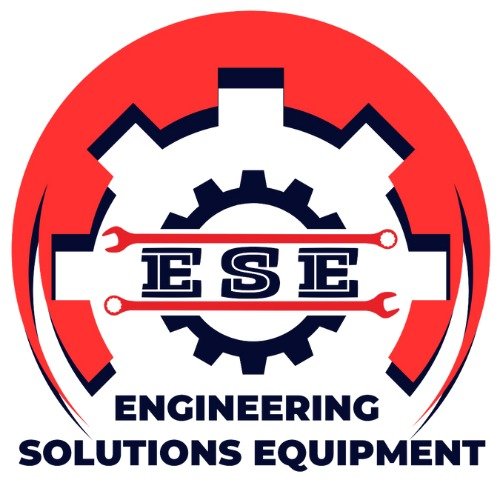


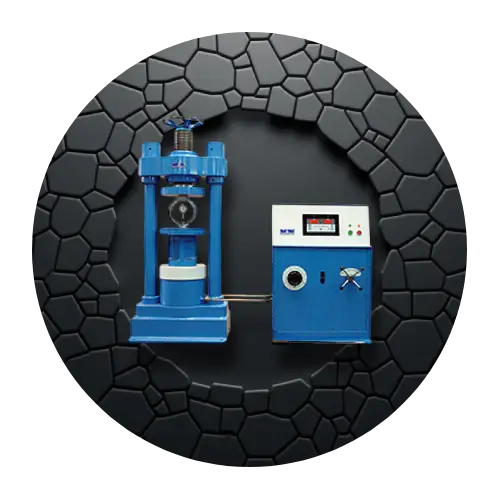
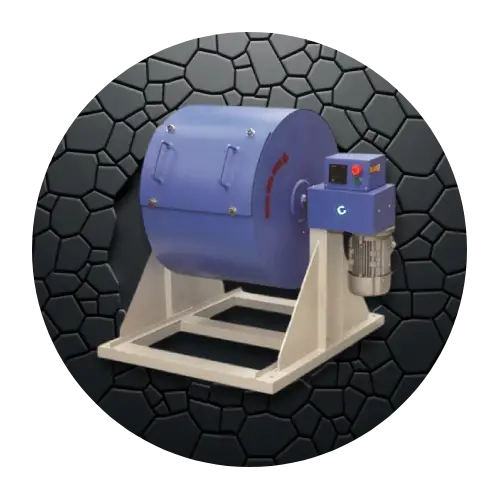





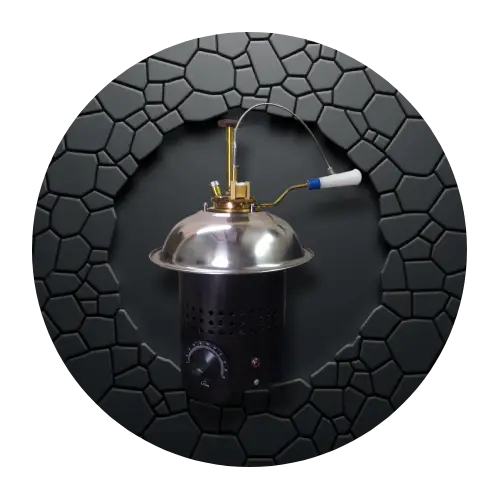
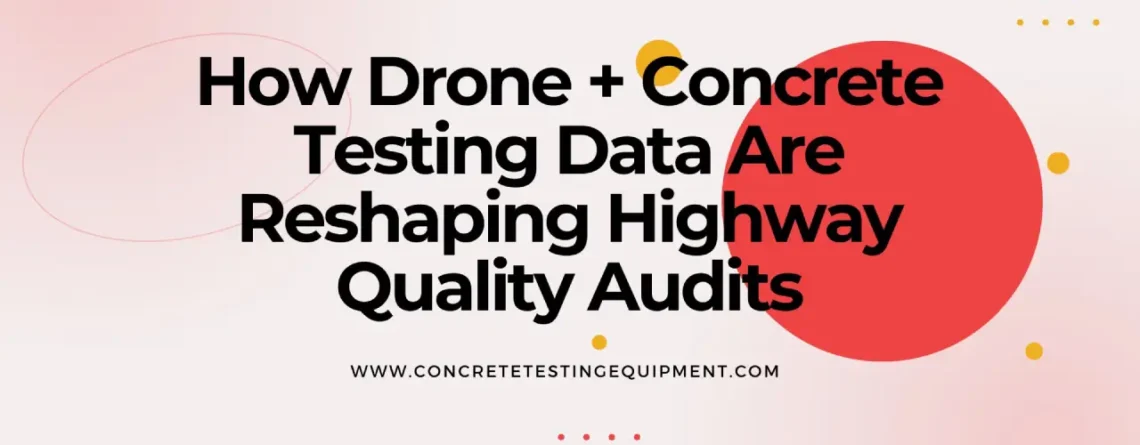



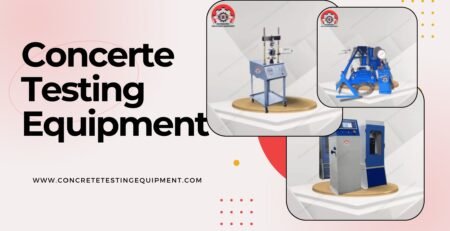
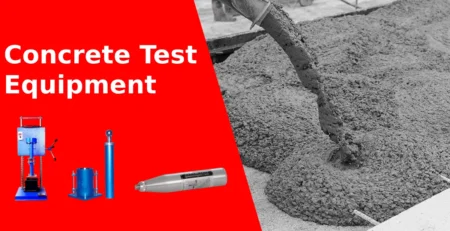
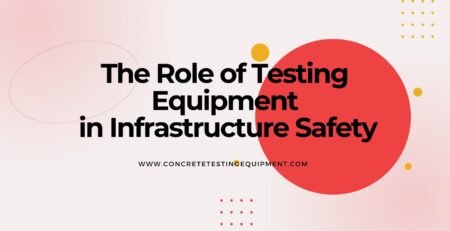

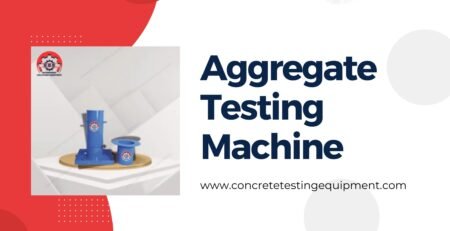




Leave a Reply